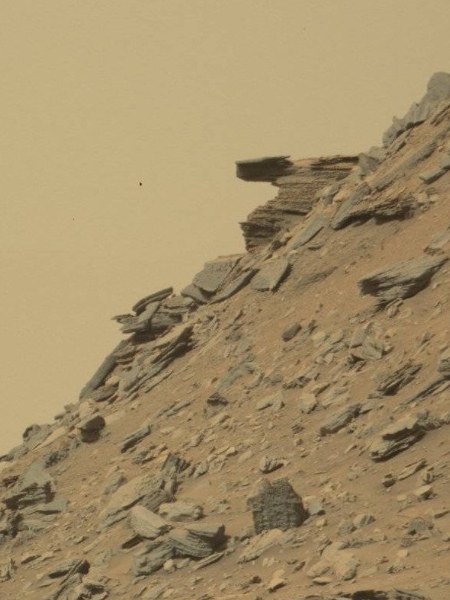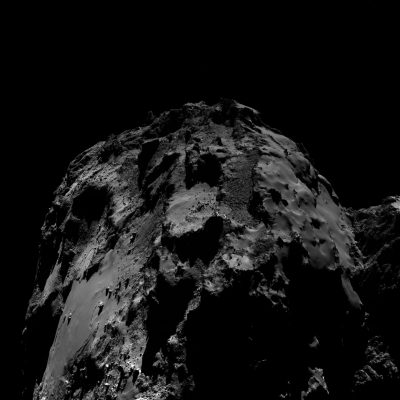Using satellite data gathered over the past 30 years scientists have now mapped the changes from water to land and land to water across the Earth’s land surface.
Two quotes from this article illustrate once again the incredible uncertainty of climate science. First in the continental interiors they saw an overall increase in land.
They found that 115,000 sq km (44,000 sq miles) of land is now covered in water and 173,000 sq km (67,000 sq miles) of water has now become land. The largest increase in water has been on the Tibetan Plateau, while the Aral Sea has been the biggest conversion of water to land.
More significant, however, was the changes on the continental coasts.
Coastal areas were also analysed, and to the scientists surprise, coastlines had gained more land – 33,700 sq km (13,000 sq miles) – than they had been lost to water (20,100 sq km or 7,800 sq miles). “We expected that the coast would start to retreat due to sea level rise, but the most surprising thing is that the coasts are growing all over the world,” said Dr Baart.”We’re were able to create more land than sea level rise was taking.”
The researchers said Dubai’s coast had been significantly extended, with the creation of new islands to house luxury resorts. “China has also reconstructed their whole coast from the Yellow Sea all the way down to Hong Kong,” sid Dr Baart[emphasis mine]
I suspect that a careful analysis of this data will show that most of these changes have little to do with climate change. However, the fact that human activity has actually increased the amount of land on the coasts despite the slow rise in sea level suggests once again that climate change is not the serious threat it is often made up to be. As a friend of mine once noted, “We’re not going to stand on the beach for decades and let the ocean drown us.” The change is slow enough that the human ability to adapt will easily outstrip it.




